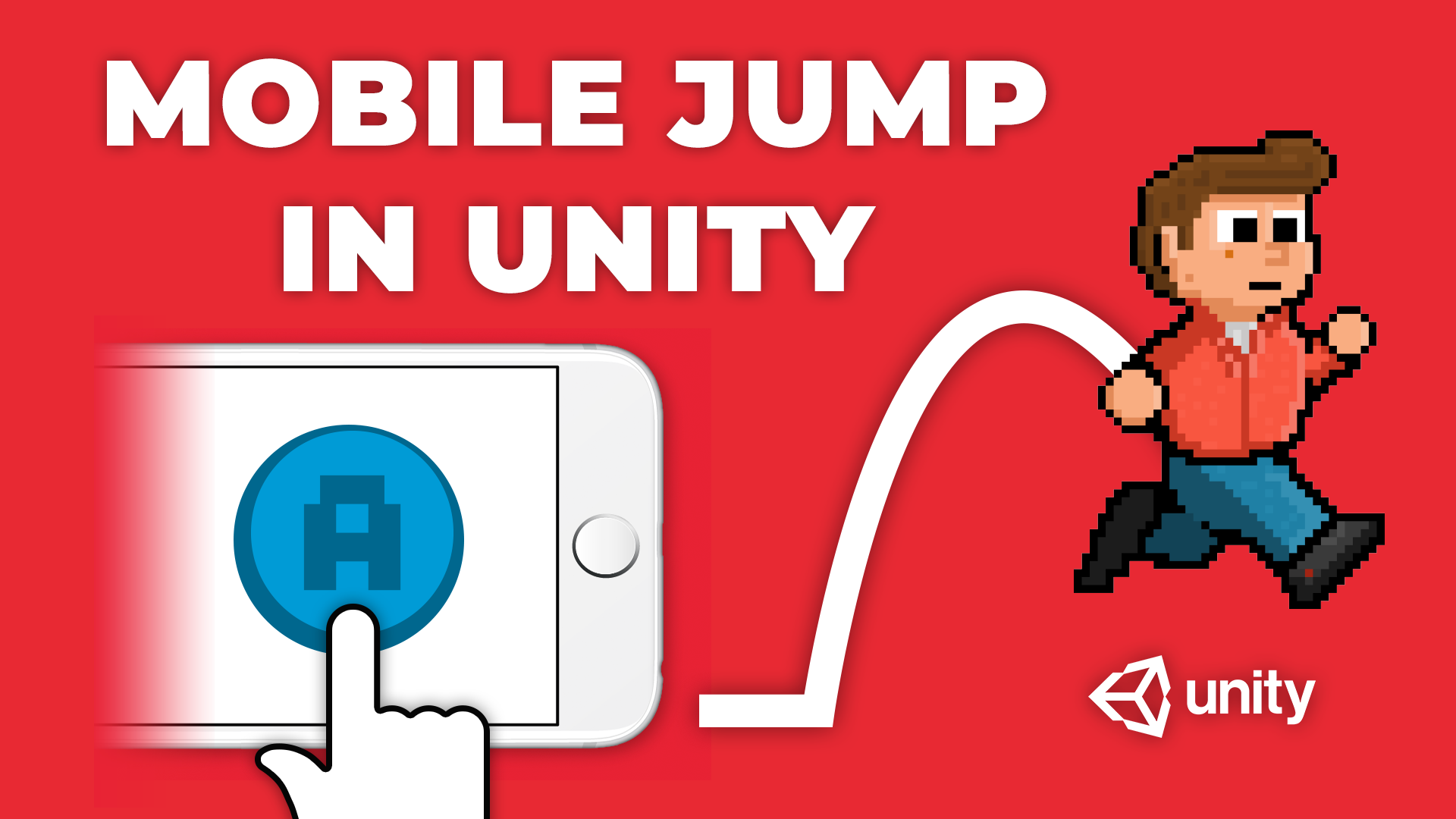Source Code Used in this Video
using System.Collections;
using System.Collections.Generic;
using UnityEngine;
using UnityEngine.UI;
public class Character : MonoBehaviour {
[HideInInspector] public bool facingRight = true;
[HideInInspector] public float moveForce = 50f;
[HideInInspector] public float maxSpeed = 10f;
[HideInInspector] public float currentSpeed = 0.0f;
[HideInInspector] public float touchRun = 0.0f;
[HideInInspector] public float jumpSpeed = 0.0f;
private Rigidbody2D rb2d;
private float ScreenWidth;
private Animator animator;
public Transform groundCheck;
public bool grounded = false;
public float jumpForce = 800f;
private bool jump = false;
// Use this for initialization
void Awake () {
rb2d = GetComponent();
ScreenWidth = Screen.width;
animator = GetComponent ();
}
// Update is called once per frame
void Update () {
grounded = Physics2D.Linecast (transform.position, groundCheck.position, 1 << LayerMask.NameToLayer ("Ground"));
animator.SetBool ("isGrounded", grounded);
if (Input.GetButtonDown ("Jump")) {
jump = true;
}
touchRun = 0.0f;
//-----TOUCH CONTROLS------
int i = 0;
//loop over every touch found
while (i < Input.touchCount) {
if (Input.GetTouch (i).position.x < ScreenWidth / 4) {
//move left
touchRun = -1.0f;
} else if (Input.GetTouch (i).position.x < ScreenWidth / 2) {
//move right
touchRun = 1.0f;
}
if (Input.GetTouch (i).phase == TouchPhase.Began && Input.GetTouch (i).position.x > ScreenWidth * 0.5) {
jump = true;
}
++i;
}
//-----CONTROLLER------
#if UNITY_EDITOR
touchRun = Input.GetAxis("Horizontal");
#endif
}
void FixedUpdate(){
moveCharacter(touchRun);
if (jump)
JumpCharacter ();
float characterSpeed = Mathf.Abs (rb2d.velocity.x);
animator.SetFloat ("Speed", characterSpeed);
}
void JumpCharacter(){
if (grounded) {
rb2d.AddForce (new Vector2 (0f, jumpForce));
grounded = false;
}
jump = false;
}
void moveCharacter(float h){
//float modMoveForce = grounded ? moveForce : moveForce * 1; //slow down if in air
if (h * rb2d.velocity.x < maxSpeed)
rb2d.AddForce (Vector2.right * h * moveForce);
if (Mathf.Abs (rb2d.velocity.x) > maxSpeed)
rb2d.velocity = new Vector2 (Mathf.Sign (rb2d.velocity.x) * maxSpeed, rb2d.velocity.y);
if (h > 0 && !facingRight)
Flip ();
else if (h < 0 && facingRight)
Flip ();
}
void Flip() {
facingRight = !facingRight;
Vector3 theScale = transform.localScale;
theScale.x *= -1;
transform.localScale = theScale;
rb2d.velocity = new Vector2 (rb2d.velocity.x * 0.75f, rb2d.velocity.y);
}
}

